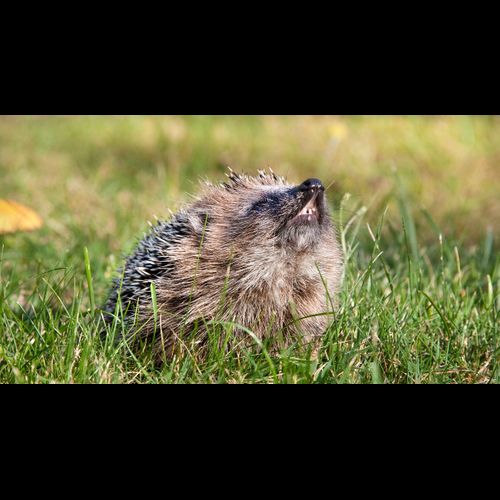
Researchers from the Statens Serum Institute, University of Cambridge, Wellcome Sanger Institute and Aalborg University have shown that some of the most notorious and dreaded disease-causing microorganisms in humans - the special methicillin-resistant Staphylococcus aureus (MRSA) bacteria - were present in hedgehogs long before , methicillin came on the market in 1959.
The discovery of antibiotics more than 80 years ago has led to major improvements in human and animal health. But every time a new antibiotic was used, the bacteria quickly responded by becoming resistant. Therefore, until now, it has been thought that resistance in disease-causing bacteria is a modern phenomenon driven by our use of antibiotics. However, it has been a big mystery how resistance could arise so quickly.
Now, however, a new study has solved part of the riddle. AAU's own hedgehog researcher, Sophie Lund Rasmussen, is a co-author of the scientific article that has just been published in the renowned journal Nature.
Read the scientific article in Nature:
Emergence of methicillin resistance predates clinical use of antibiotics
You can follow Sophie Lund Rasmussen's research into hedgehogs at SoMe here:
Reference Link:https://www.nyheder.aau.dk/2021/nyhed/nyt-studie--mrsa-bakterier-opstod-i-pindsvin-laenge-foer-brugen-af-methicillin.cid528848